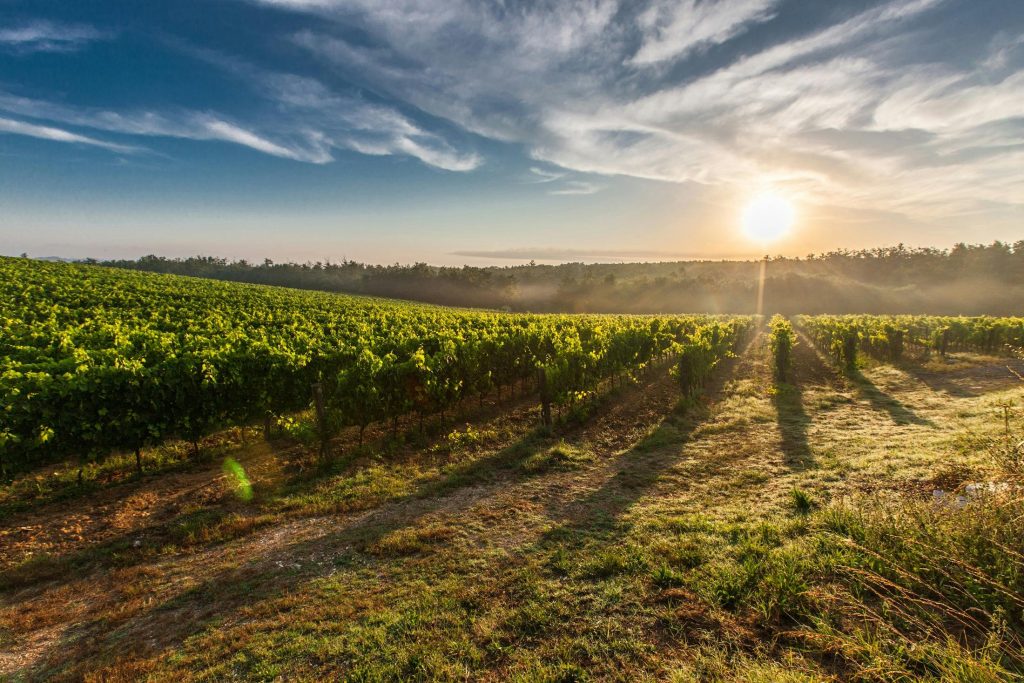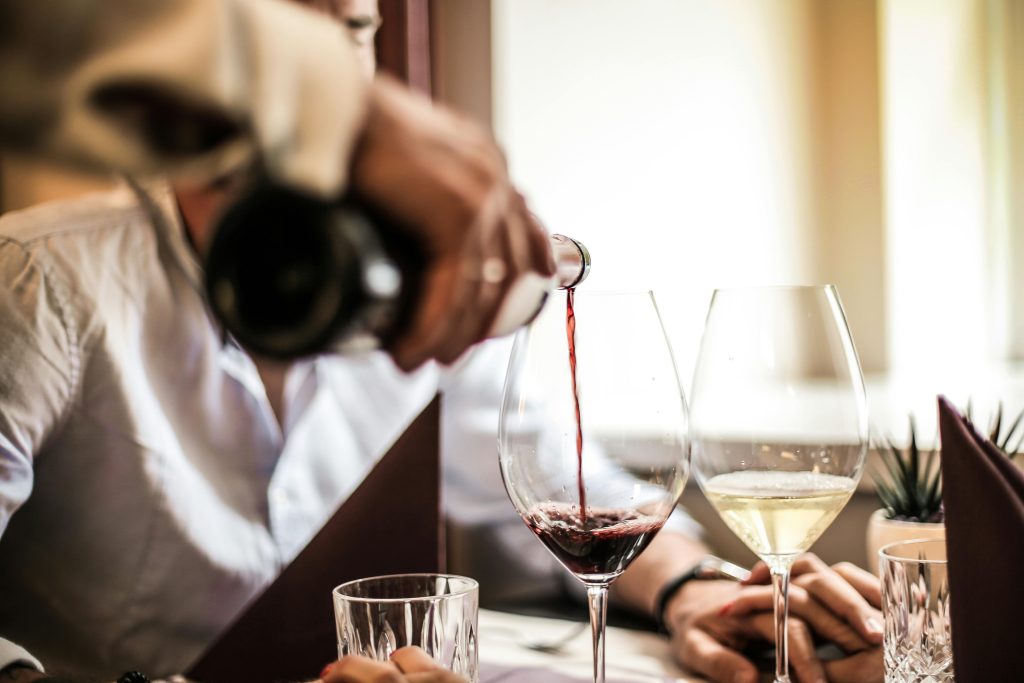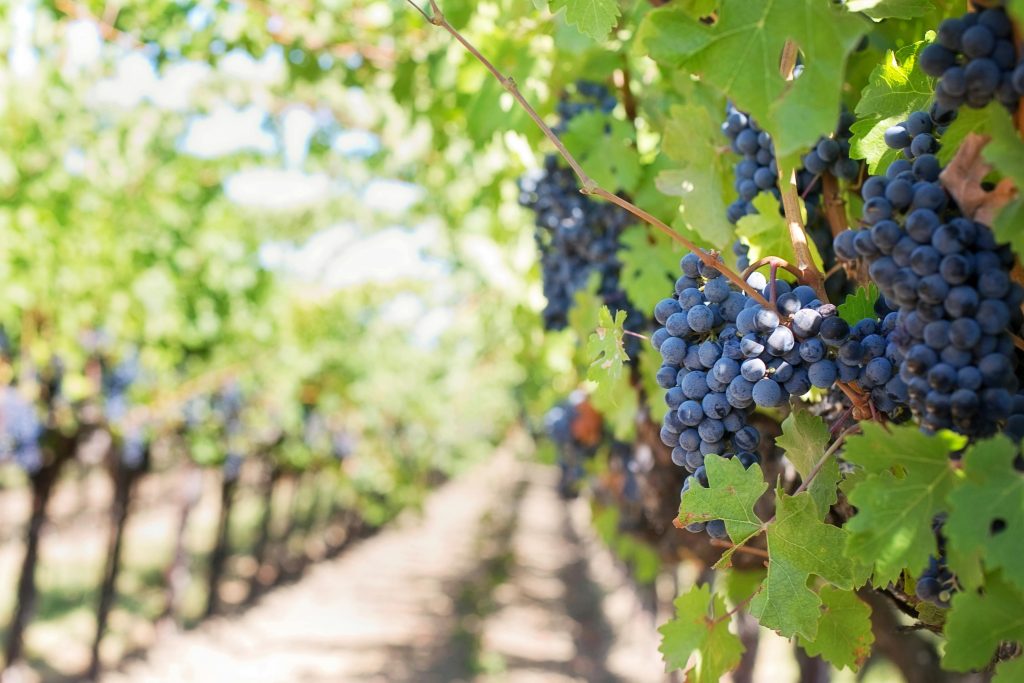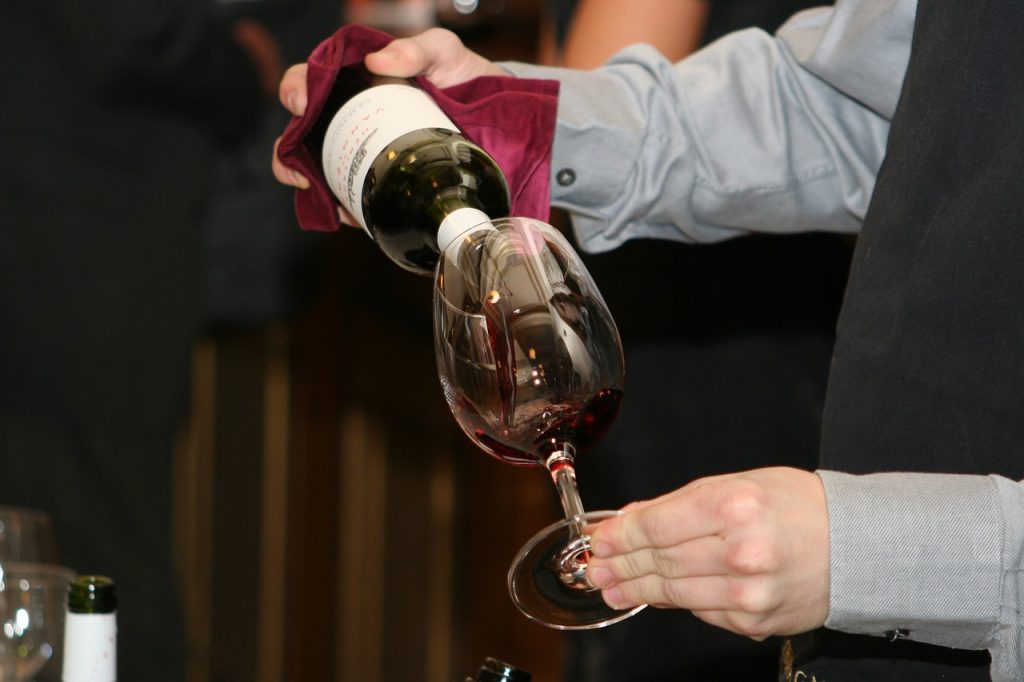Wine Denominations in Tuscany
Tuscany’s winemaking tradition is an enduring testament to the region’s ability to produce exceptional wines that captivate enthusiasts from around the world.
Whether you prefer the bold flavors of a Brunello di Montalcino, the subtle nuances of a Vernaccia di San Gimignano, or the rustic charm of a Morellino di Scansano, Tuscany offers something for every palate.
Here are the main wine denominations in Tuscany:
Chianti
Perhaps the most famous denomination of the region, Chianti is known for its red wines made from Sangiovese grapes. It can be produced in various areas of Tuscany, but the historic heart of Chianti is in the territory between Florence and Siena.

Brunello di Montalcino
Produced in the area around the city of Montalcino, Brunello is a red wine made from Sangiovese grapes (locally known as Brunello). It is known for its complexity, robustness, and aging potential.
Vino Nobile di Montepulciano
Despite the name suggesting a connection with the Montepulciano grape, this wine is primarily produced with Sangiovese grapes in the city of Montepulciano. It is a robust and complex red wine.
Bolgheri
This area on the Tuscan coast has become famous for its high-quality red wines, particularly those based on Cabernet Sauvignon, Merlot, and other international varieties.
Vernaccia di San Gimignano
This is one of the few white wines of Tuscany to obtain the DOCG (Controlled and Guaranteed Designation of Origin) status. It is produced mainly in the area around the medieval city of San Gimignano and is made with Vernaccia grapes.
Carmignano
This denomination is located in the province of Prato and mainly produces red wines based on a blend of Sangiovese and Cabernet Sauvignon.
Montecucco Sangiovese
The Montecucco Sangiovese DOCG designation is reserved for wines produced with Sangiovese grapes for at least 90%. The production area falls in the southern part of the Tuscany region, particularly in the eastern part of the province of Grosseto.
Suvereto
The production area includes the entire territory of the municipality of Suvereto, in the province of Livorno (Tuscany).

Morellino di Scansano
One of the great reds of Tuscany, a wine of peasant tradition that has deep roots in the heart of Maremma. Morellino di Scansano has achieved great success in recent years thanks to its rustic pleasantness and virtuous producers who have understood its potential, opening the doors to high society. It is produced from Sangiovese grapes, possibly integrated with other typical varieties of the area, and produces a full-bodied, soft, and slightly tannic red, an ideal companion to meat-based dishes and flavorful sauces, capable of benefiting from wood aging and achieving considerable depth.
Rosso della Val di Cornia
The Rosso della Val di Cornia DOCG designation is reserved for red wines produced from Sangiovese grapes (min. 40%), Cabernet Sauvignon, and Merlot up to a maximum of 60%, other black grape varieties authorized for the Tuscany region max. 20%. The production area of Rosso della Val di Cornia DOCG falls within the provinces of Livorno and Pisa, including in the province of Livorno the entire territory of the municipalities of Suvereto and Sassetta and part of the administrative territory of the municipalities of Piombino, San Vincenzo, and Campiglia Marittima; in the province of Pisa, the entire administrative territory of the municipality of Monteverdi Marittimo.

Elba Aleatico Passito
The Elba Aleatico Passito or Aleatico Passito dell’Elba DOCG designation is reserved for wines produced with Aleatico grapes in purity, in the territory of the Island of Elba (Tuscany) and vinified after drying, with an average grape yield in wine not exceeding 35%, with a sugar content of the musts not less than 30%. The Island of Elba, the largest of the Tuscan Archipelago, has an area of 224 sq km and is the third largest Italian island by extension. The morphology of its territory is predominantly hilly with a significant mountainous relief in its western part exceeding 1000 m in altitude. The altimetric band of vine cultivation extends from sea level up to 450 m. High temperatures and sunny climate in September have determined the practice of drying in the sun for a short period (10-20 days) typical of the viticulture of the Mediterranean islands. Elba Aleatico Passito is a wine of intense ruby red color, high consistency, intense and complex on the nose, with scents of candied cherries, plums, and spicy notes of cinnamon and cloves. On the palate, it is sweet and full-bodied, with a characteristic aftertaste of almonds and memories of red fruits and spices.
These are just some of the main wine denominations in Tuscany, but the region is home to a rich diversity of wines, each with its unique characteristics and history. Tuscany’s exceptional terroir, coupled with the dedication of its winemakers, ensures that each glass tells a story of tradition, craftsmanship, and a deep connection to the land.

As you explore the region’s vast selection of wine denominations, you will discover not only the quality and variety of its wines but also the rich cultural heritage that each bottle embodies. Enjoying these wines is a way to savor a piece of Tuscany’s history and its timeless passion for the art of winemaking.
Come visit us to experience the richness of Tuscany winemaking tradition!